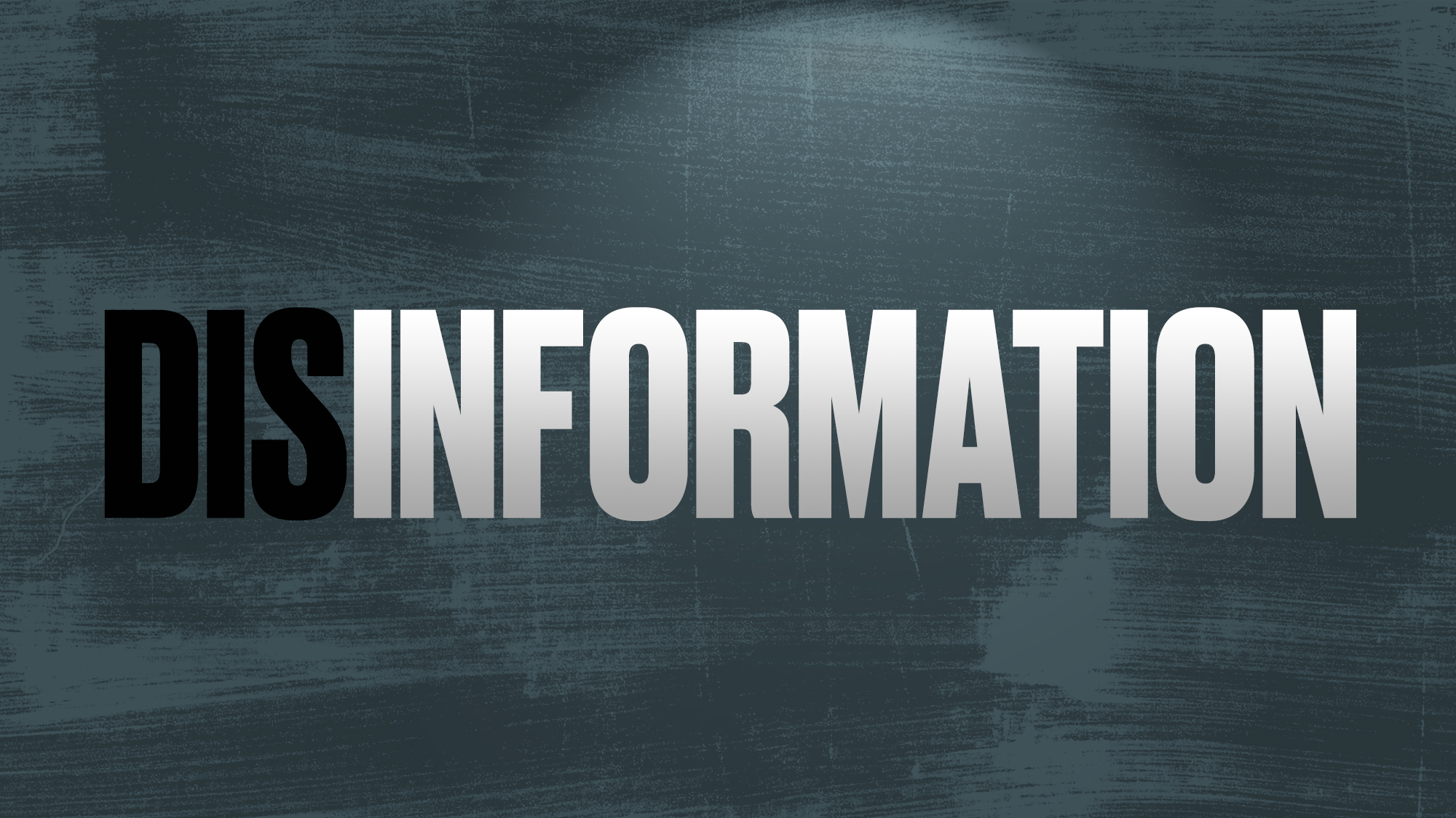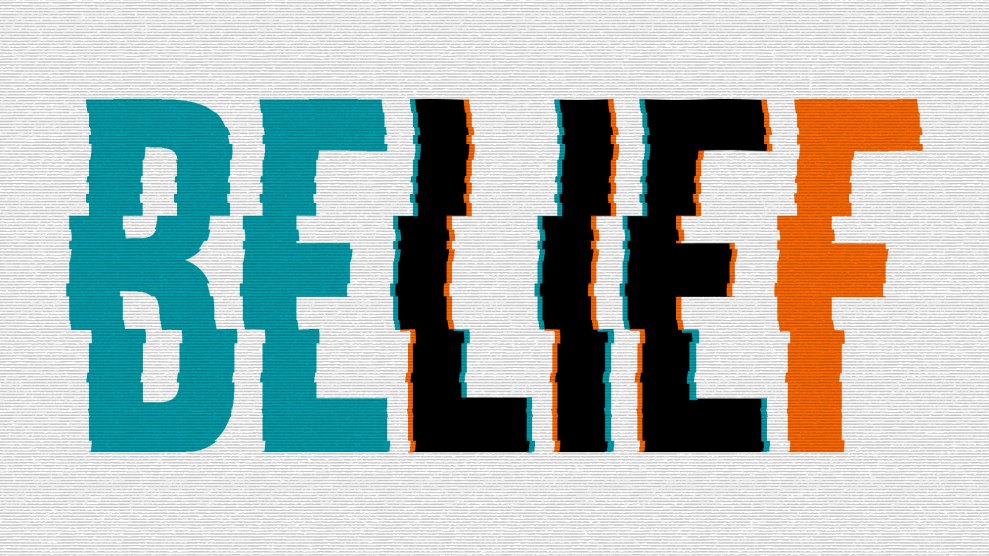On October 31, 2016—a scarier-than-usual Halloween day—two stories appeared that, in retrospect, make an interesting capsule about journalism, politics, and the challenge facing our democracy. One was a splash headline on the New York Times site: “Investigating Donald Trump, FBI Sees No Clear Link to Russia.”
This was a big deal at a moment when a growing number of people were asking: What the hell is going on with Trump and Putin? The Times story had some important news in that it confirmed the FBI was looking at alleged links between the Trump campaign and Moscow, “treating it as a counterintelligence operation as much as a criminal one.” But the headline did not highlight that fact. It emphasized what the FBI had not yet found.
Recently, we asked an editor at the Times what they were thinking in packaging the story this way. He said, in essence, “Look, that story was what the FBI was telling us at the time.” Which is true. But there was also a story that the bureau didn’t want told. That was the one Mother Jones’ David Corn published that same day, titled “A Veteran Spy Has Given the FBI Information Alleging a Russian Operation to Cultivate Donald Trump.” It was the first—and only—pre-election story about what we now know as the Steele memos.
There’s a saying, often misattributed to George Orwell, that “news is what someone in power doesn’t want you to print—everything else is public relations.” The Times story certainly wasn’t PR. It was, however, an illustration of how much we need to be sure that both the story someone in power is telling, and the story they don’t want told, get out.
And there’s another lesson from that moment: It shouldn’t have come so late. Eight days before the election was no time for the public to learn that a major presidential candidate was under criminal and counterintelligence investigation. Or, for that matter, that there were detailed memos about a foreign operation to cultivate the same candidate.
There are many things we know about the 2016 campaign now that we didn’t know then—or rather, that you, the public, weren’t told. Consider:
Big tech companies knew about their platforms being used for propaganda—from foreign actors to homegrown deception artists—and didn’t stop it. (See former Facebook adviser Roger McNamee’s account of how he desperately tried to get Mark Zuckerberg and Sheryl Sandberg to pay attention.)
The intelligence agencies knew a foreign adversary was attacking election infrastructure, campaigns, and individuals, but disclosed only part of that information.
The FBI had investigations of both presidential candidates underway but publicly discussed only one.
Both major political parties fielded candidates who resisted coming clean about issues the public wanted to know about. One also embraced a candidate whose campaign was a veritable tsunami of lies.
Congress stood idly by, with Republican leaders flat-out rebuffing the Obama administration’s pleas for a bipartisan response to Russian attacks.
The nation’s biggest media organizations too often fell into a rut of sensationalism and he-said-she-said false equivalency.
Together, these failures opened the door wide to the biggest threat our democracy may have ever faced: Weaponized disinformation. That’s the thread connecting them all, and the one running straight into 2018.
As we’ve been thinking here at MoJo about what we need to do to tell this year’s most important stories—the ones that others might be missing—we keep coming back to this fact. We can’t wait until a week from Election Day to find out who’s trying to manipulate the outcome. We need to investigate and expose them before it’s too late.
And so, with your support, we’re hoping to build a team dedicated to exactly this: identify and track the forces behind disinformation. There are lots of ways you can be part of that (jump right to that part if you’d like), and we do hope you’ll also help us kick-start this critical project with a tax-deductible donation.
What do we mean by disinformation? The most straightforward definition comes from this report by the First Draft Coalition: “the deliberate creation and sharing of information known to be false.” The “creation” part isn’t new, but the “sharing” part is what makes it so dangerous now: Never before has it been so easy to reach specific voters with targeted messages, skirting outdated federal election laws. Never before have politicians been so unafraid to run post-truth—actually, anti-truth—campaigns. Never before has the media’s role in challenging authority been so imperiled.
But here’s one more thing that hasn’t happened before: There haven’t been so many people so engaged to set things right, and with such powerful tools for doing so.
We have written before about how truth can function as an inoculant to the virus of propaganda. But in recent months, there’s been a lot more research on how to counter disinformation systematically. A recent study from the University of Illinois at Urbana-Champaign and the University of Pennsylvania offers three recommendations: “Reduce arguments that support misinformation, engage audiences in scrutiny and counterarguing of [it], and introduce new information as part of the debunking message.”
Another report, from the Hewlett Foundation, says the key to is “improving journalistic quality, identifying and holding accountable creators of dis/misinformation, and increasing citizen news literacy.” The Pew Research Center’s canvass of experts found that building “well-staffed, financially stable, independent news organizations” is critical. And Harvard’s Shorenstein Center finds that to combat disinformation, “we need to strengthen trustworthy sources of information and…increase the reach of high-quality, factual information.”
It would be reassuring to conclude that this is the work Mother Jones and other journalism shops are already doing. But at a moment like this, what we’re already doing is not enough. Disinformation won’t just shrink away, vampirelike, in the face of sunlight. It lurks in many different places and poisons many different debates.
Disinformation has wrecked discussions from global warming (remember the leaked Climategate emails that showed up on a Russian server?) to national security (the WMD lies that led to the Iraq War.) And it isn’t limited to politics: As MoJo‘s Stephanie Mencimer discovered after being diagnosed with breast cancer, the alcohol industry has for years cheered women’s drinking while downplaying the well-documented risks.
But more than all that, disinformation is the defining feature of the Trump administration, which has both embraced and uniquely benefited from it. That’s why the White House has put more effort into threatening journalists than it has fighting a foreign attack on America’s election. (Or, for that matter, terrorism or nuclear annihilation: Since taking office, Trump has tweeted more than 200 times about “fake news” but just 36 times about ISIS and 82 times about North Korea.)
We can’t wait for our political leaders or their corporate counterparts to solve this problem. If you watched Mark Zuckerberg’s testimony in Congress, you saw that his commitment to rooting out disinformation stops at Facebook’s bottom line. So it’s on us.
For us here at MoJo, that means drawing on something we learned when covering another crisis. In six years of reporting on the mass-shootings epidemic, we found that the stories that changed the debate came from a combination of data research and shoe-leather reporting. Poring over numbers, recognizing patterns, and bringing life to the data with human stories can produce real insight.
So that’s where we plan to go on the disinformation beat. We hope to put a reporter on this issue full time, along with a data scientist and our ace fact-checking and research teams. We want to get behind the torrent of day-to-day falsehoods and propaganda to identify where it comes from.
In very practical terms, that means we aim to raise $350,000 before June 30—$250,000 to meet our budget, and an extra $100,000 to get this special project off the ground. We’ve heard from many of you that you feel as urgently about this issue as we do. We hope you’ll step up and support the work with a tax-deductible donation.
Here are some other ways you can get involved:
- If you are or know a potential whistleblower—perhaps you’ve worked for a social-media company or in politics—we’d love to hear from you. You can reach us via email, Facebook, and Twitter, and if you prefer a secure channel, several are listed here. We have worked with people sharing sensitive stories for 42 years and have a long track record of reporting these stories fairly and protecting our sources. You can see some examples here, here, and here.
- If you’re an expert who can help Americans understand this story better, we’d love to hear from you via any of the channels above.
- If you’re interested in helping us spot disinformation before it spreads widely, join our network of political media lookouts: We’d love your help in watching your social-media feeds or political advertising in your state. Sign up here.
- If you have questions, ideas for stories we should cover, or suggestions on who we should talk to, tell us here.
- None of this reporting can happen without money—to pay our reporters, acquire documents and databases, fact-check the hell out of every story, and get the information out widely. That money is not going to come from advertising (and certainly not from Facebook). So it’s on us—and you.
- And last but not least: Vote! We are not in the business of telling you how—that’s not our job as journalists. But we do know that sound information and a vigorous democracy go hand in hand.
The flood of disinformation may feel daunting, but it is not beyond our control. We have the capacity to divert it, block it, and even, with time, dry it up at the source. We saw it in elections in Europe over the past year, when propagandists failed to get traction when people pushed back with the truth. And we’ll see it in the United States as the curtain gets pulled back on who’s trying to manipulate us, and why—one story at a time.
















